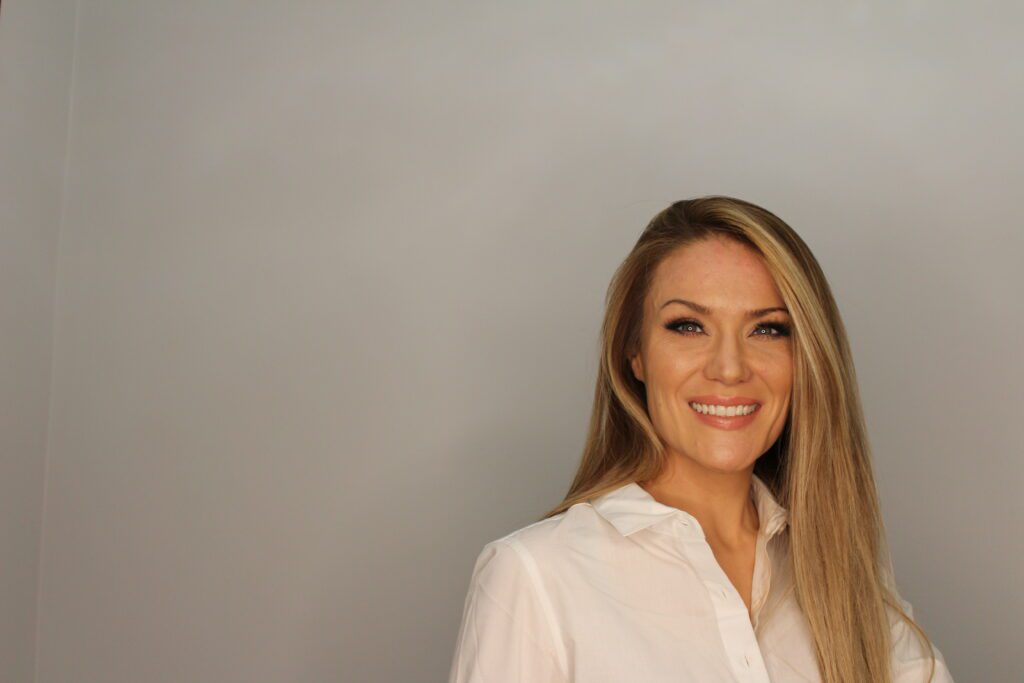First published June 2017
Do you know that over 90% of UV can pass through light cloud, at half a metre depth under water UV is still 40% as intense as at the surface, and some UV can pass through glass!
We’re all becoming more aware of the importance of protecting ourselves against overexposure to ultraviolet radiation (UV) when outdoors but you may be surprised to know that chronic exposure of the skin to UV over many years in ‘indoor settings’ (e.g. through window glass or when driving), can cause invisible skin damage, resulting in premature ageing and may increase skin cancer risk.
Solar UV
UV from the sun is divided into three categories, classified according to wavelength: UVA, UVB and UVC. The ozone layer blocks all UVC and most (90% or more) of UVB, while UVA passes through the atmosphere relatively unchanged. Therefore, two types of UV are of concern: UVA and UVB.
UVA & UVB
Longer wavelength UVA rays penetrate more deeply through the layers of the skin than the shorter UVB wavelengths. UVA is mostly involved in skin ageing while UVB is mainly responsible for sunburn. However, both types of UV are linked to the development of skin cancer.
Car and windscreen glass
UVB does not pass through window glass, but some UVA may be transmitted depending on the type of glass.
For example, for safety reasons in cars, windscreens are made from laminated glass which holds together better if broken. Laminated glass also provides an effective shield against UVA. However, side and rear windows tend not to be laminated, so a higher proportion of UVA can pass through.
More UV damage on the driver’s side
Some interesting studies have shown that premature skin ageing, skin damage and skin cancers are more common on the side of the driver’s body (e.g. face, neck, arm) next to the window, i.e. the left side of the face in America and the right side in Australia. Driver’s UV exposure may be as much as ‘20- fold stronger’ on the arm closest to the window. It is thought that cumulative UVA exposure through window glass over many years may play an important role in skin cancer development.
Vehicles, glass greenhouses and windows
So, those who spend long hours driving, sitting next to a window or working in glass greenhouses, should undertake UV protective measures to reduce their cumulative UVA exposure through glass.
Next article: Being SunSmart: At a glance
For more information on how to Protect & Inspect™ against Melanoma Skin Cancer visit our information and resources page.













